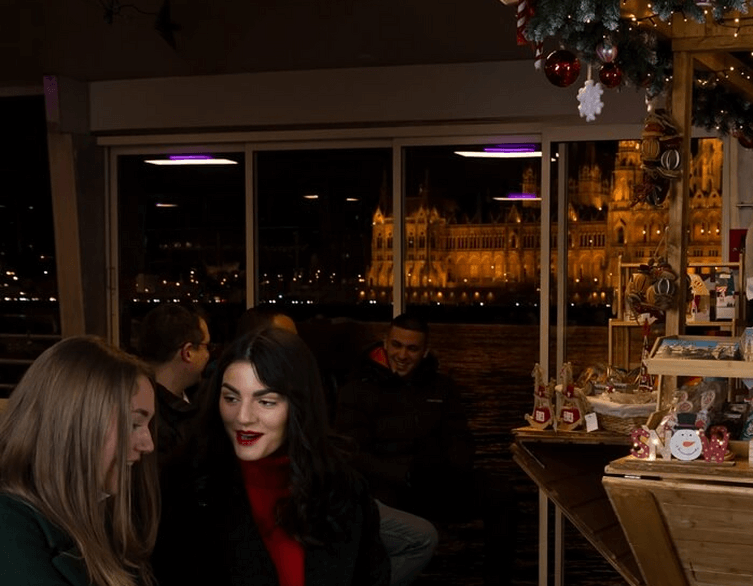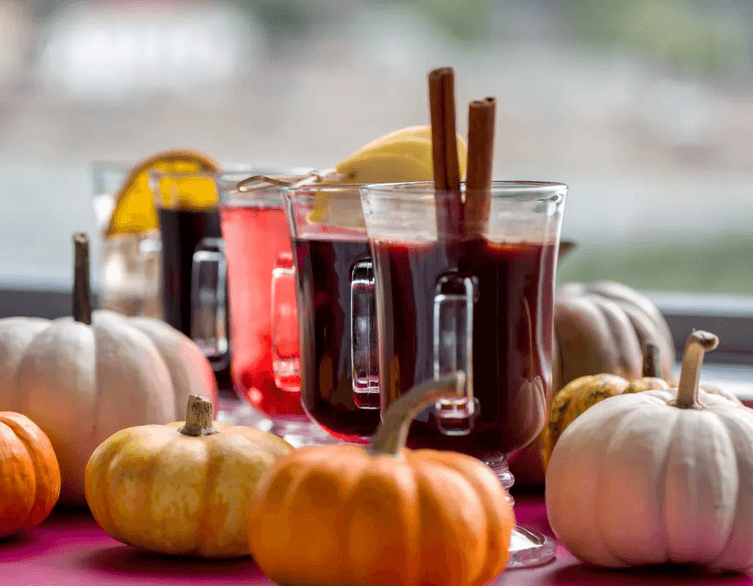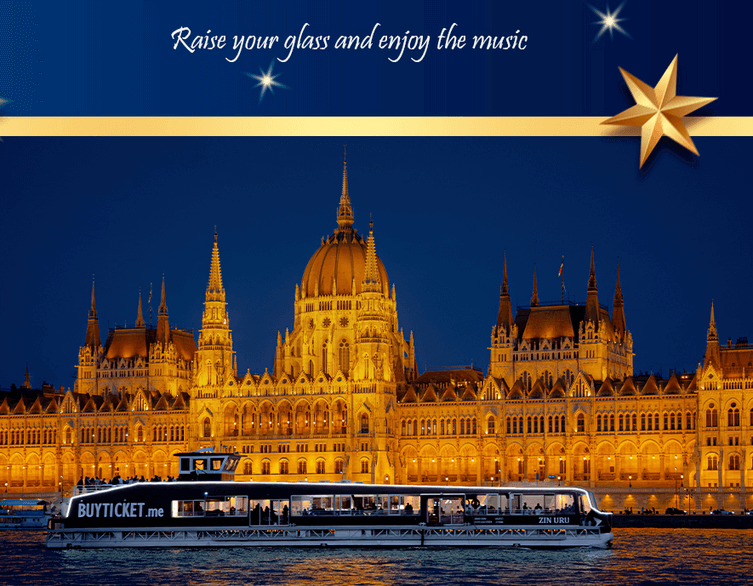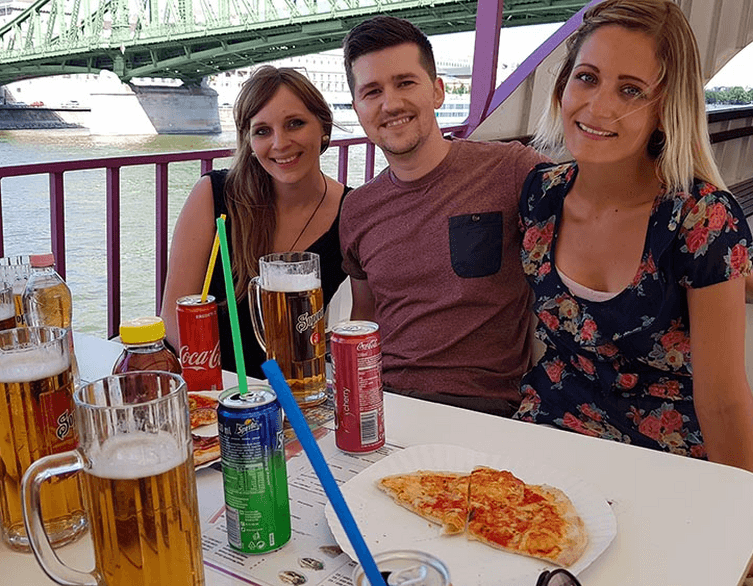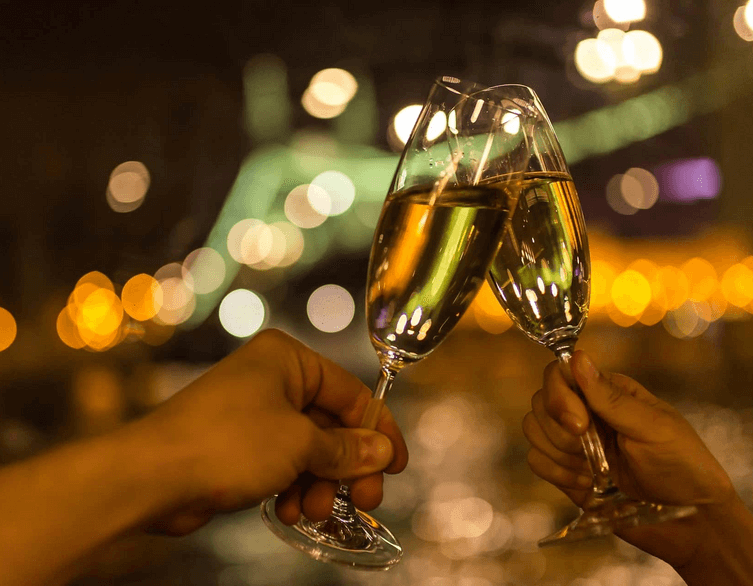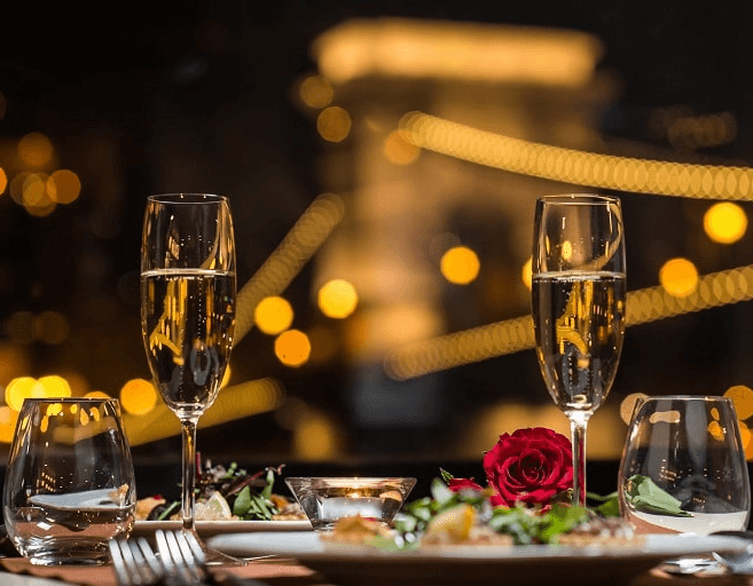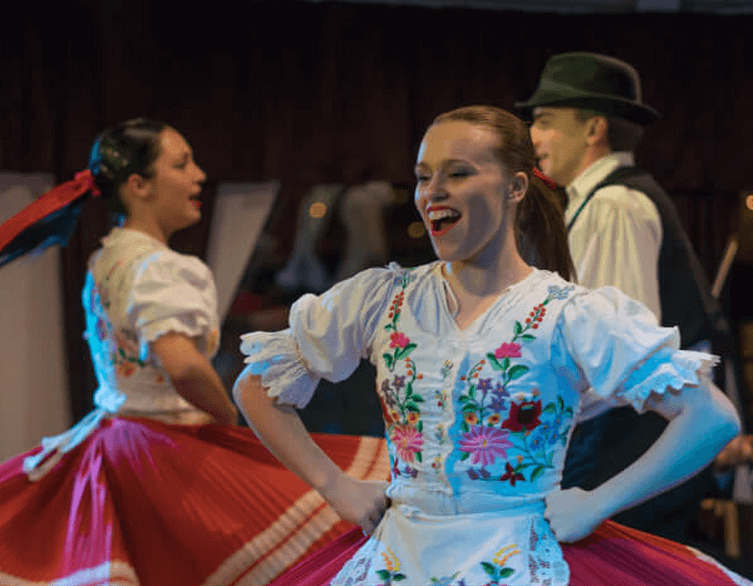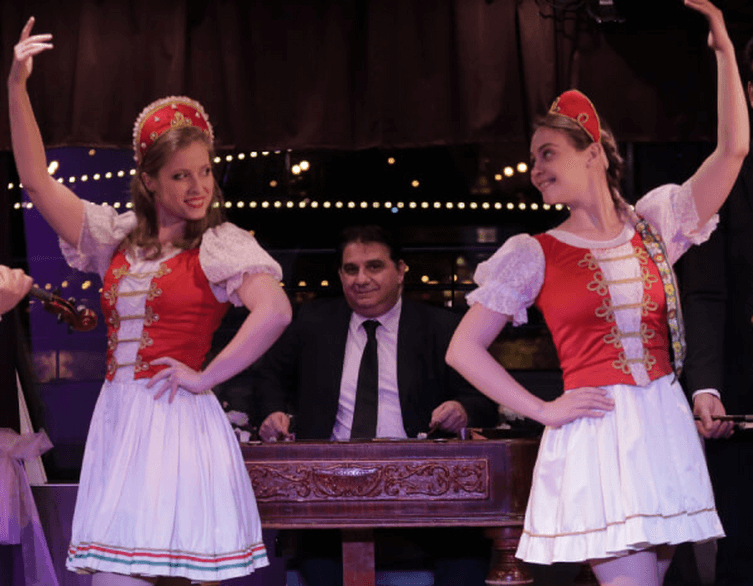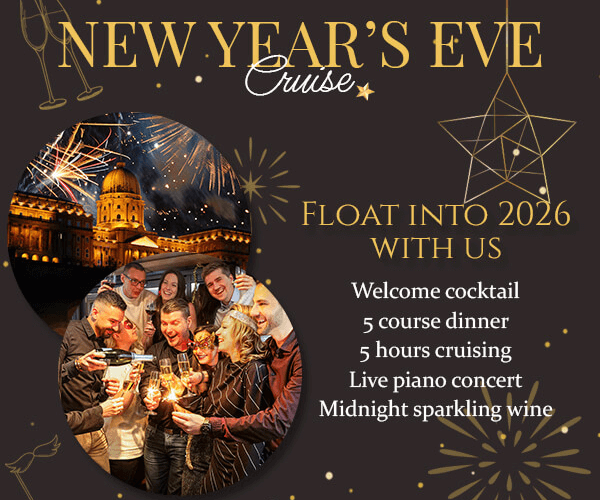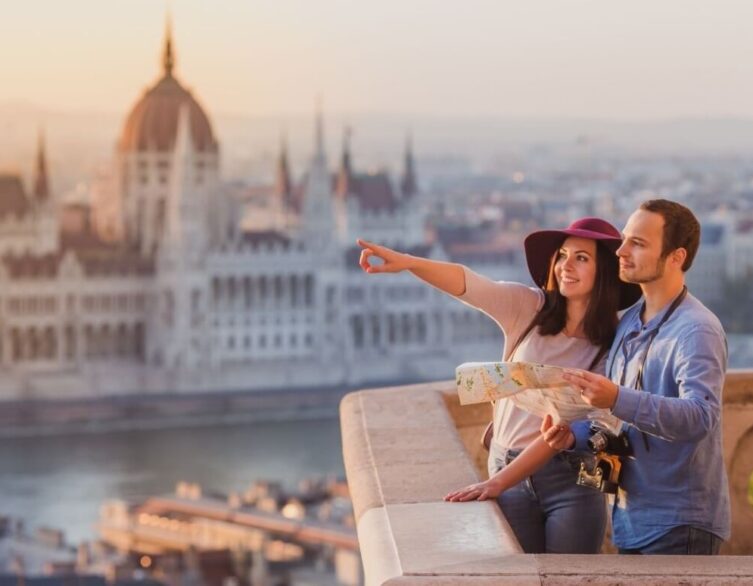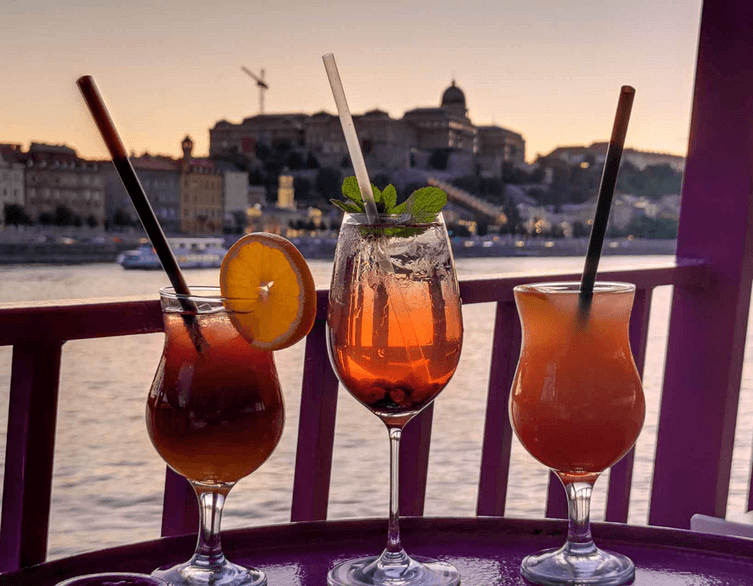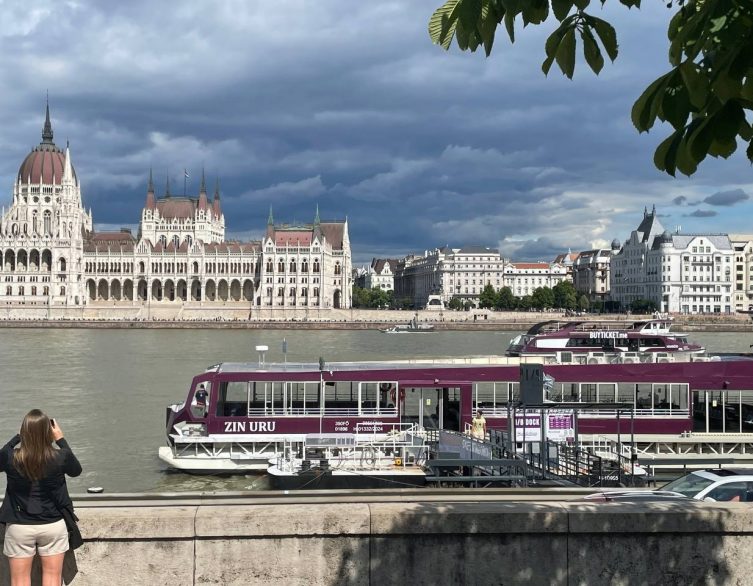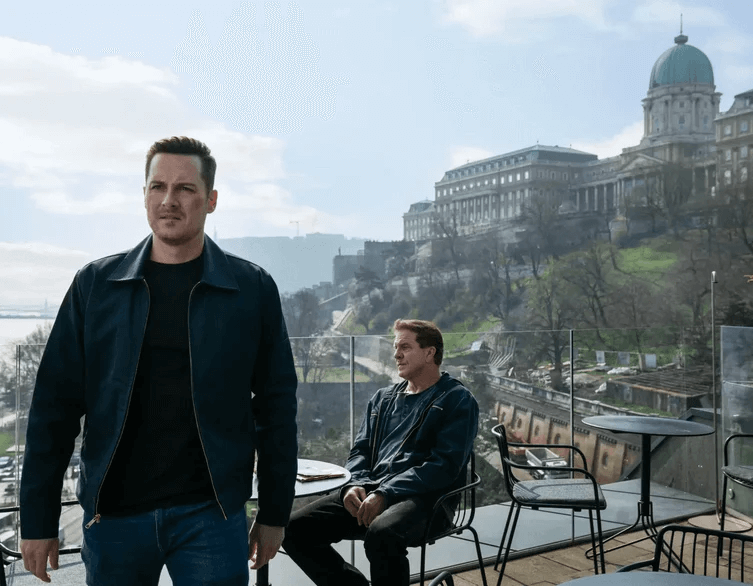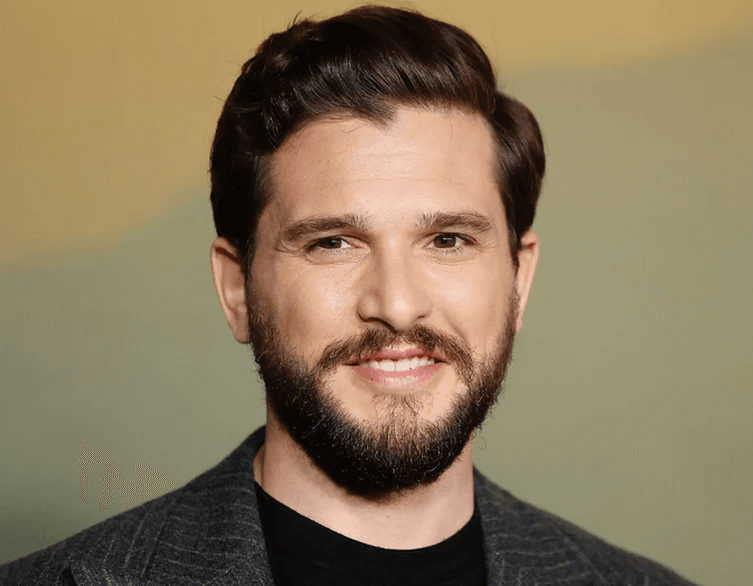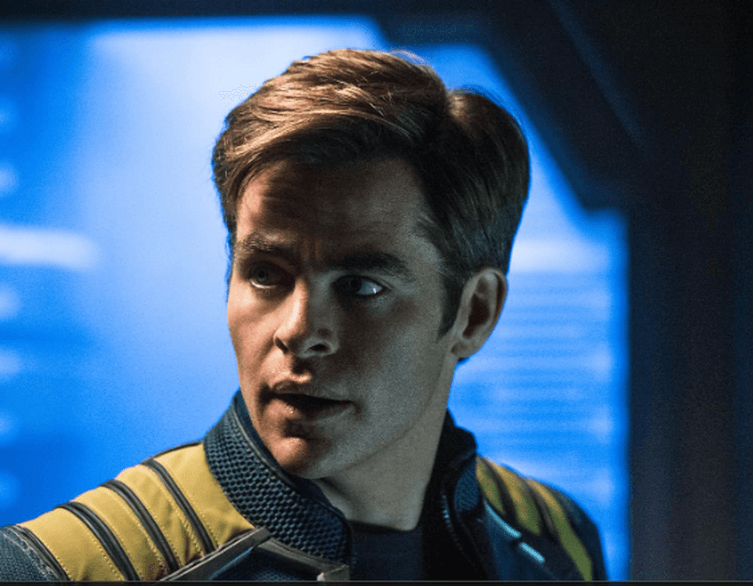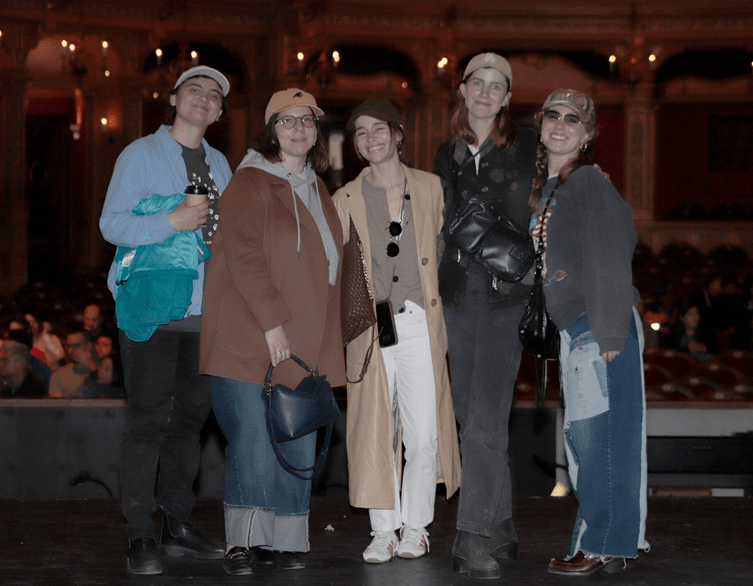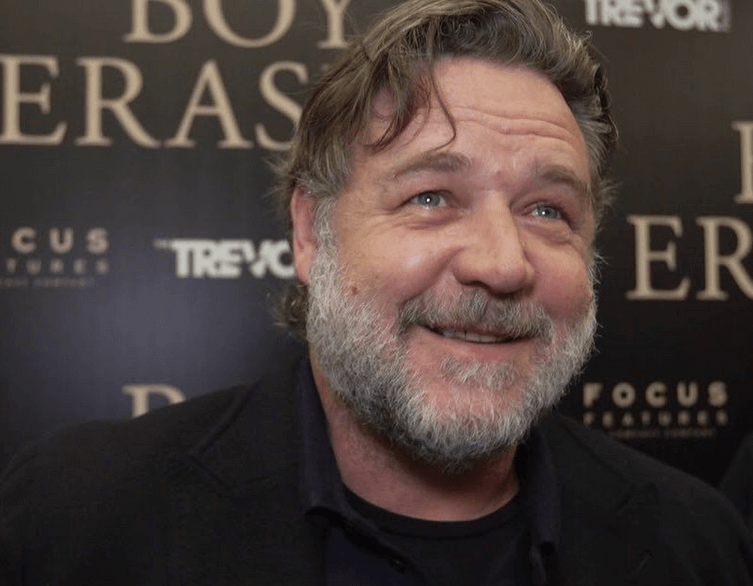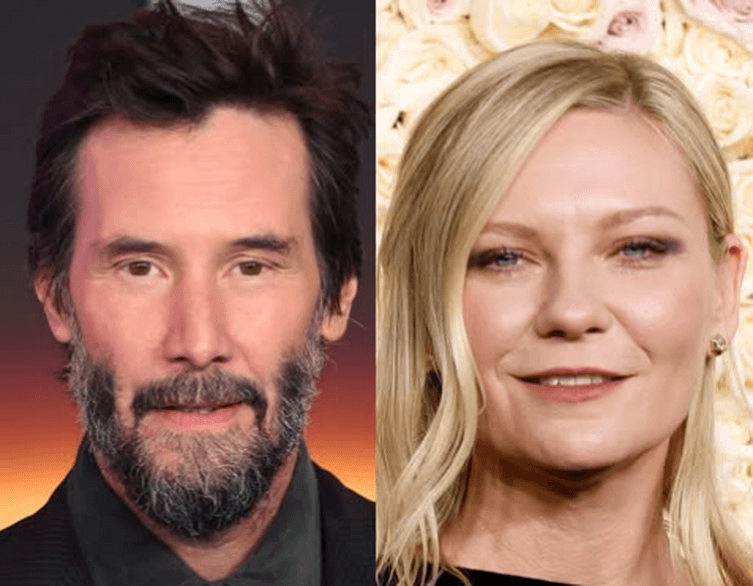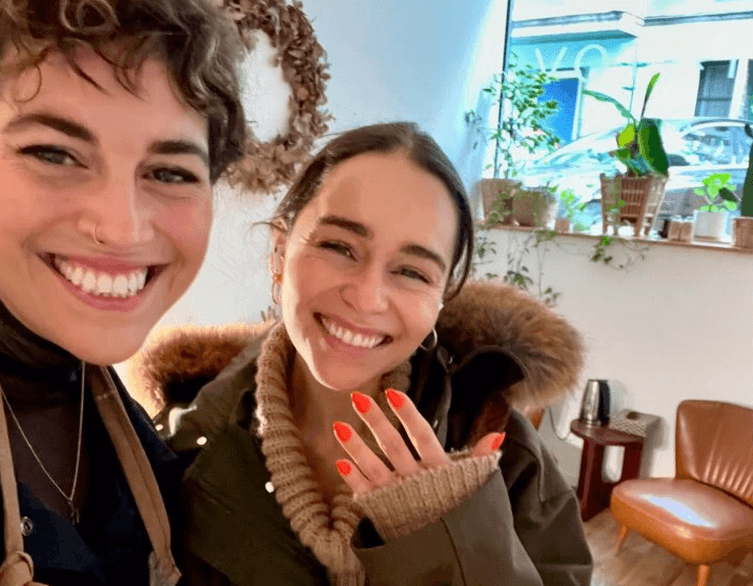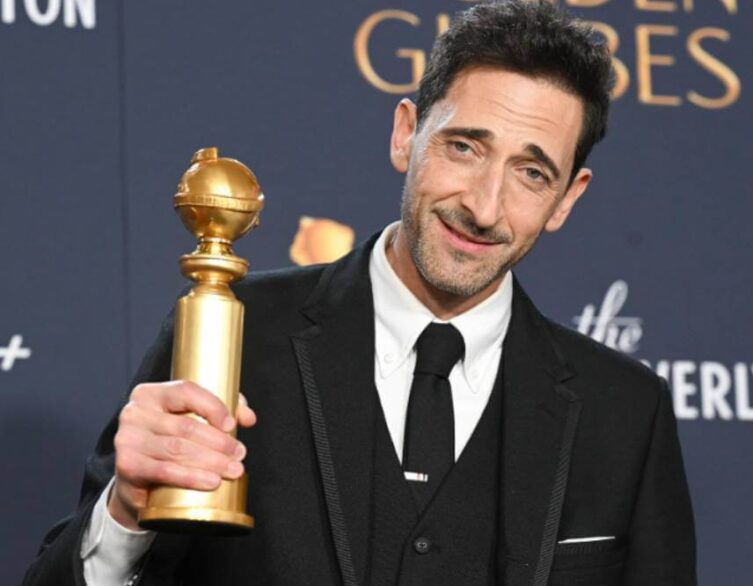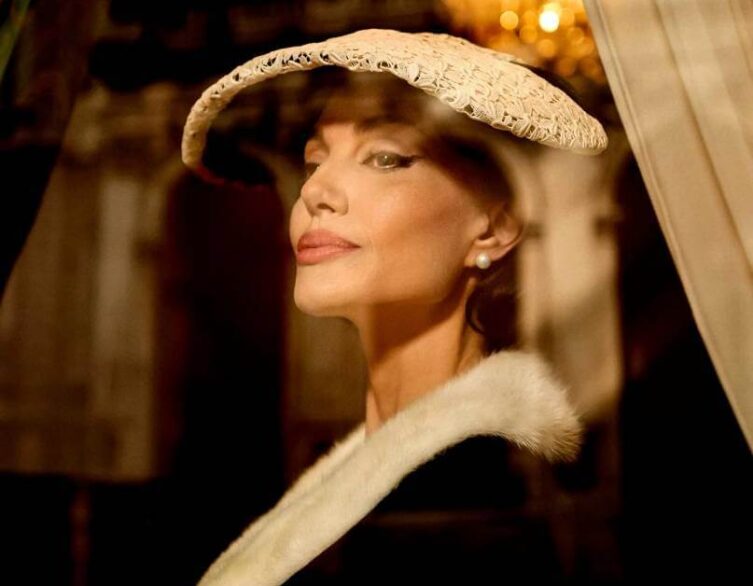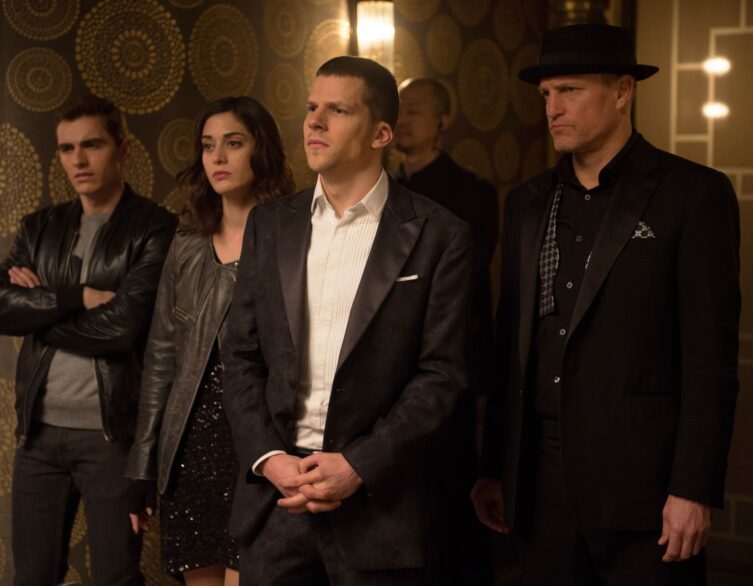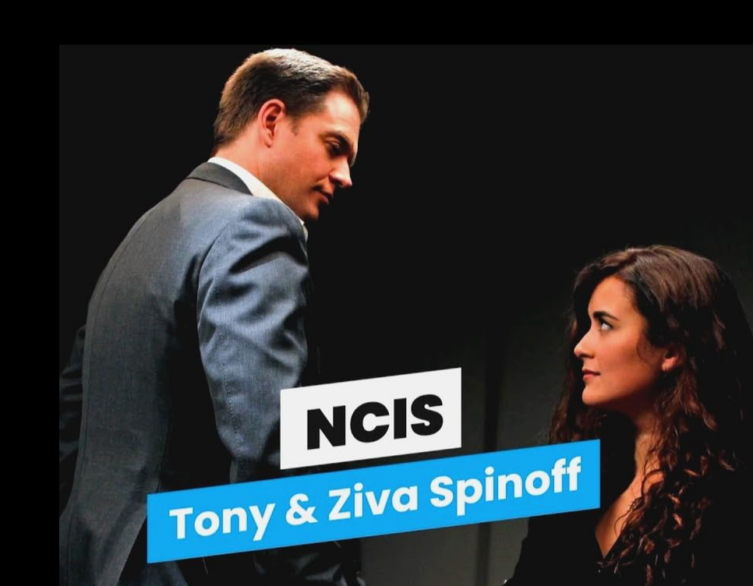Hollywood’s All Around Favorite City To Film
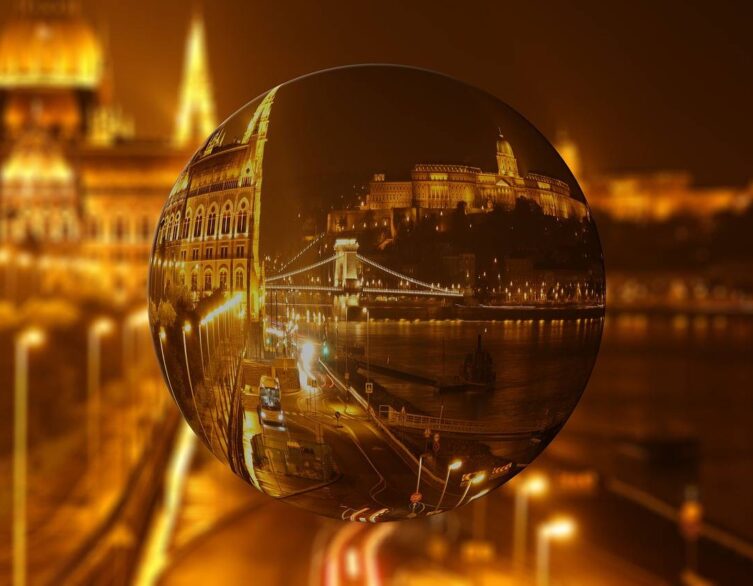
Budapest has indeed become a favorite filming location for international productions over the past few decades. The city’s versatile architecture, skilled local film crews, and attractive tax incentives have drawn many Hollywood blockbusters to shoot here. Here is a detailed article about why Budapest is so popular among filmmakers around the world:
Beginings
Budapest has become a true hotspot for international filmmaking in recent decades, serving as the backdrop for countless Hollywood blockbusters and critically acclaimed productions. The Hungarian capital’s journey to becoming a cinematic powerhouse really took off in the 1990s, when producers started to recognize the city’s incredible potential.
So what makes Budapest such an attractive filming location? A few key factors come into play. First off, the costs of shooting here are relatively low compared to other major European cities. We’re talking significantly cheaper than places like Paris, London or Rome. The tax incentives don’t hurt either – Hungary offers generous tax rebates for film productions, which can save big budget Hollywood flicks millions of dollars.
But it’s not just about the money. Budapest has an ace up its sleeve – its stunning architecture and diverse cityscape. The city is like a chameleon, able to transform itself to resemble various European capitals. Need a stand-in for Paris, Berlin or Moscow? Budapest’s got you covered. Its mix of architectural styles from different eras allows it to shapeshift on screen.
Some of the most iconic Budapest locations that have graced the silver screen include the opulent Opera House, which has doubled for opera houses in Paris and St. Petersburg. The stately Parliament Building and Chain Bridge over the shimmering Danube are also frequent stars. Even more modern locales like the whale-shaped contemporary arts center “Bálna” have had their Hollywood moment, standing in for NASA headquarters in The Martian.
In the early 2000s, Budapest developed a reputation as a prime setting for spy thrillers. Flicks like I Spy, Spy Game, and The Spy Who Dumped Me all used Budapest’s streets and landmarks as the backdrop for espionage hijinks. More recently though, the city has proven its range by hosting everything from period dramas to sci-fi epics.
Budapest played a starring role in Denis Villeneuve’s moody Blade Runner 2049, in Yorgos Lanthimos’s surreal Poor Things, and perhaps most notably, in Villeneuve’s adaptations of the seminal Dune novels. With the exception of desert scenes shot in Jordan and the UAE, almost the entirety of Dune and its sequel were filmed at Origo Film Studios in Budapest.
Movies Filmed in Budapest
Budapest has become a popular filming location for international film productions over the past few decades. The city’s diverse architecture allows it to stand in for cities like Paris, Berlin, or even Buenos Aires in many movie scenes. Let’s take a look at some of the most well-known films that have used Budapest as a backdrop.
Evita (1996)
Evita, the 1996 musical drama based on the life of Argentine political leader Eva Perón, was partially filmed in Budapest, Hungary. The film starred Madonna in the title role and Antonio Banderas as Che, an everyman who acts as the film’s narrator.
Although the story is set in Buenos Aires, director Alan Parker and the film’s producers, including Andy Vajna, decided to shoot a significant portion of Evita in Budapest. This decision was made after the production was denied permission to film in Argentina. Budapest proved an ideal stand-in for Buenos Aires due to its grand architecture and ability to transform into various world cities.
Several well-known Budapest locations can be spotted in the film masquerading as Argentinian landmarks. The Oktogon area on the grand Andrássy Avenue appears in multiple scenes as Eva travels through the city. The opulent neo-Renaissance Hungarian State Opera House also makes an appearance. Other notable filming spots in Budapest included Alkotmány Street, Néprajzi Múzeum (the former Ethnographic Museum), and the Eastern Railway Station (Keleti pályaudvar).
Madonna’s famous balcony scene, where she sings “Don’t Cry for Me Argentina,” was reportedly filmed at a house on the Oktogon. Interior shots were done at the Korda Studios in Etyek, just outside Budapest. The film’s crew took advantage of the area’s skilled film professionals and production facilities.
Spy Game (2001)
Spy Game, the 2001 espionage thriller directed by Tony Scott and starring Robert Redford and Brad Pitt, was partially filmed in Budapest, Hungary. The city served as a stand-in for East Berlin during the Cold War era.
One of the most notable Budapest locations used in the film was the Astoria Hotel. The hotel’s rooftop terrace was the setting for a key scene where Redford’s character, CIA agent Nathan Muir, meets with Pitt’s character, Tom Bishop. The Astoria Hotel, with its blend of 1930s elegance and modern amenities, provided the perfect backdrop to represent an upscale hotel in East Berlin.
Another prominent location was Felvonulási Square (now called Ötvenhatosok tere or ’56ers Square). The production team transformed the square into a replica of the Berlin Wall checkpoint, complete with guard towers, barbed wire, and period-appropriate props. Meticulous attention was given to the details to authentically recreate the look and feel of Cold War-era East Berlin.
Additional scenes were shot at various spots around Budapest, taking advantage of the city’s diverse architecture that could pass for different European cities from the 1960s to 1980s. The filmmakers chose Budapest for its ability to double as Berlin and for the cost-effectiveness of shooting there compared to other European capitals.
Local Hungarian crew members were involved in the production, working alongside the international film crew. The presence of big-name Hollywood stars like Redford and Pitt generated much excitement in the city during the shoot.
While Budapest is not identified as itself in the final cut of Spy Game, the film showcases the city’s versatility and attractiveness as a filming location for international productions. The use of Budapest as a stand-in for East Berlin demonstrates the ability of skilled filmmakers to transform a location to fit the needs of the story.
I Spy (2002)
The 2002 action comedy ‘I Spy’ starring Eddie Murphy and Owen Wilson was not only filmed in Budapest, but the story of the film itself is set in the Hungarian capital city. Viewers can spot many of Budapest’s famous landmarks throughout the movie, including Buda Castle, the Chain Bridge, and the Parliament building.
Filming ‘I Spy’ in Budapest helped showcase the city’s versatility as a location for major Hollywood productions. The film depicts Budapest as itself rather than having it stand in for another European city, allowing the city’s authentic beauty to shine through on screen.
At the time of its release, ‘I Spy’ was considered a box office disappointment despite its sizable budget. However, the film helped put Budapest on the map for international filmmakers, demonstrating the production value the city could provide. It proved Budapest had the infrastructure, local crews, and cinematic backdrops to support large-scale Hollywood films.
In the years since ‘I Spy’ was made, Budapest has continued to be a popular filming destination for both European and American productions, ranging from historical dramas to action blockbusters. The exposure brought by films like ‘I Spy’ has highlighted Budapest’s unique architecture and picturesque streets to a global audience. It paved the way for the Hungarian film industry to become a major player in international productions throughout the 2000s and 2010s.
Underworld (2003)
Underworld, the 2003 action-horror film starring Kate Beckinsale, was extensively filmed on location in Budapest, Hungary. The movie, which depicts a secret war between vampires and werewolves (called Lycans in the film), utilized many of Budapest’s gothic and historic locations to create its dark, atmospheric setting.
One of the main filming sites was Ferenciek tere (Franciscans’ Square), a scenic square in central Budapest known for its elegant buildings from the late 19th and early 20th centuries. The square was used for several scenes, including a dramatic werewolf attack. The production also made use of the connecting Párisi udvar (Paris Court), a beautiful glass-roofed shopping arcade.
Another key location was the Bálna (The Whale), a modern commercial and cultural center along the Danube river. Its distinctive curved glass structure served as the vampire coven’s grand mansion in the film. The Hungarian State Opera House also features, doubling for an opera house in the story where a pivotal scene takes place.
Additional shooting was done in the Origo Film Studios on the outskirts of Budapest. Many elaborate sets were constructed there, including a crumbling Gothic cathedral where the vampires held court. Hungarian companies also provided special effects makeup for the film’s supernatural creatures.
A number of Hungarian actors had supporting roles in the predominantly British and American cast. These included Zita Görög as vampire elder Amelia and Zsuzsa Barsi as the servant girl Zsuzsa. Over 80% of the film’s crew was Hungarian, taking advantage of the country’s skilled film professionals.
Underworld showcased Budapest’s ability to provide evocative historical settings for a relatively low cost compared to filming in the US or UK. Its success helped further establish the city as an appealing destination for international productions, especially those seeking a dark, gothic European atmosphere. The movie spawned a five-film franchise, with several of the sequels also making use of Hungarian locations and crews.
Munich (2005)
Steven Spielberg’s 2005 historical thriller Munich was partially filmed in Budapest, Hungary. The film, which centers around the aftermath of the 1972 Munich Olympics massacre, features several scenes shot in the Hungarian capital, despite being set in various European locations like Rome, Paris, London and of course, Munich.
Some key filming locations in Budapest included:
- The Hungarian Opera House was used to depict an opera house in Paris. Its elegant interiors and exteriors provided an authentic Parisian atmosphere.
- Heroes’ Square (Hősök tere) featured prominently as a stand-in for various European cityscapes. Its iconic statues and architecture made it a versatile filming location.
- The Boscolo Budapest Hotel (formerly the New York Palace) served as a hotel setting in the film. Its opulent lobby and rooms captured the 1970s period aesthetics.
- Budapest’s streets around the Parliament Building were used for London scenes, with the addition of red phone booths and English signage.
- The Puskas Ferenc Stadium depicted Munich’s Olympic Stadium in the film’s climactic scenes. CGI was used to add the upper levels of the stadium to match the real Munich location.
Several Hungarian actors also had small roles as German and Israeli characters in Munich’s large international cast. Much of the film’s interiors were shot at the Mafilm Studios in Budapest.
Spielberg chose to film in Budapest for several reasons – the city’s well-preserved period architecture could stand in for multiple European capitals, production costs were lower than filming in each real location, and the local film industry provided experienced crews. By filming the bulk of the European scenes in one place, it streamlined the challenging production.
Overall, Budapest proved an ideal place to bring Munich’s complex story to life on screen. Its cinematic scenery added to the film’s authentic feel, even though it was often disguised as somewhere else. The film’s subsequent Oscar nominations for Best Picture and Director were a testament to Spielberg and his team’s successful use of Budapest as a key filming location.
Hellboy II: The Golden Army (2008)
In 2008, director Guillermo del Toro chose Budapest, Hungary as the main filming location for his comic book sequel Hellboy II: The Golden Army. After the success of the first Hellboy film in 2004, del Toro wanted to expand the scope and scale for the follow-up, and found Budapest offered the perfect combination of affordability, experienced local film crews, and diverse architecture to bring his vision to life.
While some exterior scenes were shot on the streets of Budapest, including an intersection of Alkotmány and Báthory Streets transformed to look like New York City complete with yellow cabs, mailboxes, American police, and road markings, the majority of filming took place at Korda Studios in the nearby town of Etyek. The state-of-the-art facilities allowed the construction of massive, highly detailed sets representing everything from the Bureau of Paranormal Research and Defense headquarters to an ornate underground realm.
The intricate sets, which reportedly cost over $10 million to build, proved to be a wise investment. After filming wrapped, they were left standing and put to good use by the Hungarian film and advertising industries for music videos and commercials wanting to take advantage of the authentic New York look. Even the popular Hungarian rap group Akkezdet Phiai shot two of their music videos using the Hellboy II sets.
Budapest’s lower production costs compared to the US, tax incentives, and the availability of highly skilled film professionals like cinematographer Guillermo Navarro made Hungary an ideal choice. Del Toro and the producers were able to maximize the film’s $85 million budget to achieve a grander, more spectacular sequel.
Though Hellboy II: The Golden Army is set primarily in fictional locations, Budapest’s behind-the-scenes role was vital in allowing Guillermo del Toro to fully realize his imaginative vision and deliver one of the most visually impressive comic book films of its era. The production showcased Hungary’s strengths as an international filming destination and paved the way for more blockbusters to lens there in the years that followed.
Tinker Tailor Soldier Spy (2011)
Tinker Tailor Soldier Spy (2011) This Cold War espionage thriller directed by Tomas Alfredson was partially filmed in Budapest. While the novel by John le Carré was originally set in Czechoslovakia, the film’s creators relocated these parts to Hungary.
Key Budapest locations included:
- Paris Courtyard (Párizsi udvar): This iconic covered passage in central Budapest served as a prominent filming location. Its glass roof and elegant architecture helped set the mood for the secretive meetings between spies.
- Astoria Hotel: Several interior scenes were filmed in this historic hotel, known for hosting many international film productions over the years. The hotel’s classic decor lends itself well to period pieces.
The film garnered critical acclaim and three Oscar nominations for Best Actor (Gary Oldman), Best Adapted Screenplay, and Best Original Score. Oldman’s restrained yet powerful portrayal of veteran spy George Smiley was particularly praised.
By leveraging Budapest’s unique architectural gems and historic atmosphere, the filmmakers were able to convincingly transport audiences to another era and place. The city’s ability to double for other European capitals makes it an appealing choice for international productions seeking cost-effective yet high-quality filming locations.
A Good Day to Die Hard (2013)
A Good Day to Die Hard, the fifth installment in the Die Hard action film series, was partially filmed in Budapest, Hungary in 2012. The movie stars Bruce Willis reprising his role as John McClane. In the film, McClane travels to Russia to help his estranged son Jack, played by Jai Courtney, out of prison. However, he discovers that Jack is actually a CIA operative working undercover to stop a nuclear weapons heist.
Many of the film’s scenes set in Moscow were actually shot on location in Budapest. The Hungarian capital was chosen for its ability to pass as the Russian city, with its mix of Soviet-era and modern architecture. Some notable Budapest landmarks can be spotted in the film masquerading as Moscow, including Heroes’ Square which stands in for a square outside a courthouse building in Moscow.
During filming, Budapest’s streets were transformed to look like Moscow. Russian language signs were put up, Russian police cars and military vehicles were brought in, and storefronts were changed. Car chases and shootouts, including one with a SWAT van, were shot on the streets of Budapest for the film’s intense action sequences.
The production made use of other parts of Budapest as well. A large shootout scene set in Chernobyl was filmed inside Hungary’s abandoned Inota power plant. Interior scenes were shot at Korda Studios west of Budapest. In total, around 40 different Budapest locations were used for the month-long shoot.
Throughout the filming, there was a lot of excitement from locals trying to catch a glimpse of the stars and action. The production brought in welcome business and publicity for the city. Several Hungarian actors also appeared in supporting roles in the film, including Attila Árpa, Norbert Növényi, and Iván Kamarás.
The Martian (2015)
Ridley Scott’s sci-fi blockbuster The Martian utilized several Budapest locations to depict various settings. The distinctive “Bálna” (Whale) building along the Danube was used as NASA’s Johnson Space Center. The Palace of Arts (Müpa) served as the headquarters for the China National Space Administration. Some exterior Mars scenes were shot at Korda Studios in Etyek, just outside Budapest. The Zikkurat building, Rákóczi Bridge and the suburban HÉV railway also make appearances.
So while spotting famous landmarks like the Hungarian Parliament, Chain Bridge, or Gellért Bath on screen, audiences worldwide are often actually seeing Budapest bringing the magic of cinema to life. From period dramas to action thrillers to sci-fi epics, the Pearl of the Danube continues to be a favorite choice for filmmakers seeking to turn their visions into cinematic reality. With its timeless elegance and chameleon-like adaptability, Budapest has truly become Hollywood’s secret weapon.
Blade Runner 2049 (2017)
Blade Runner 2049, the long-awaited sequel to Ridley Scott’s 1982 sci-fi classic, was partially filmed in Budapest, Hungary in 2016. Directed by Denis Villeneuve, the movie utilized several locations in the Hungarian capital to bring its dystopian future to life on the big screen.
One of the main Budapest locations featured in Blade Runner 2049 is the former headquarters of Hungarian public broadcaster MTV. The brutalist-style building, constructed in the 1970s, served as the perfect backdrop for the movie’s gritty, futuristic aesthetic. Exterior shots of the structure were used to depict various cityscapes in the film’s 2049 Los Angeles setting.
Best deals of Budapest
Another key filming site was an abandoned thermal power plant in Inota, a town located about 80 kilometers southwest of Budapest. The decommissioned industrial complex provided an atmospheric setting for several scenes, its decaying infrastructure and vast, empty spaces evoking the sense of a world in decline.
The production team also made use of Budapest’s Nagyvárad Square metro station, transforming it into a bustling transportation hub of the future. The station’s distinctive architecture, with its angular lines and stark concrete surfaces, lent itself well to the film’s visual style.
Additional shooting took place at a waste processing plant in Budapest’s 15th district. The facility’s industrial machinery and cavernous interiors were used to create the illusion of a sprawling, high-tech recycling center operated by the Wallace Corporation, a powerful company in the movie’s fictional universe.
While many of the Budapest locations were heavily modified with CGI and practical effects to fit the film’s futuristic vision, some of the city’s recognizable landmarks can still be spotted in the final cut. Sharp-eyed viewers may catch a glimpse of the Szabadság Square and the Honvéd Street area during aerial shots of the cityscape.
The decision to film parts of Blade Runner 2049 in Budapest was likely influenced by several factors, including the city’s diverse architecture, its well-established film industry infrastructure, and the attractive tax incentives offered by the Hungarian government to international productions.
Blade Runner 2049’s use of Budapest as a filming location is a testament to the city’s versatility and its ability to stand in for a wide range of settings, from near-future metropolises to post-apocalyptic wastelands. The movie’s success also highlights the growing importance of Budapest as a hub for international film and television production.
Dune (2021)
Adapted from Frank Herbert’s classic 1965 novel, Dune tells the story of young Paul Atreides, heir to a noble family tasked with ruling an inhospitable desert planet where the only thing of value is the “spice” melange – a drug capable of enhancing mental abilities and critical to space travel. The film boasts an all-star ensemble cast including Timothée Chalamet, Rebecca Ferguson, Oscar Isaac, Josh Brolin, Stellan Skarsgård, Dave Bautista, Zendaya, and Javier Bardem.
With the exception of the desert scenes which were captured in Jordan and the United Arab Emirates, the entirety of Dune was shot at Origo Studios in Budapest. The massive production made extensive use of the studio’s state-of-the-art facilities, including the largest soundstages in Europe.
Production designer Patrice Vermette and his team constructed elaborate sets at Origo to bring the various planets and locations from Herbert’s novel to life. These included the Atreides’ home planet of Caladan, the decadent planet Giedi Prime, spaceships, and the desert planet Arrakis. The level of detail in the sets was incredible, allowing the actors to fully immerse themselves in the sci-fi world.
While filming at Origo Studios, the production pumped roughly $25 million into the Budapest economy and involved hundreds of local crew members and craftspeople. Director Denis Villeneuve praised the Hungarian crew, facilities, and work ethic, stating “It was the best crew I’ve ever had. I was positively impressed by the talent in Budapest,” in an interview.
Several key cast members were spotted around Budapest during filming in 2019, generating buzz in the city. Timothée Chalamet was seen in various locales, graciously interacting with fans. Zendaya, Dave Bautista, Josh Brolin, Javier Bardem, and Stellan Skarsgård were also photographed by paparazzi in the city during production.
Dune premiered at the Venice Film Festival in September 2021 to critical acclaim and was a box office success despite the challenges posed by the COVID-19 pandemic. The film was celebrated for its grand scope, stunning visuals, and faithfulness to the source material. It won 6 Academy Awards, mainly in technical categories like Best Cinematography, Best Visual Effects, Best Production Design, Best Sound, Best Film Editing, and Best Original Score.
A sequel, Dune: Part Two, began filming at Origo Studios in Budapest in July 2022 with Villeneuve returning to direct. The follow-up will cover the second half of Herbert’s novel and add new cast members like Florence Pugh, Austin Butler, Christopher Walken, and Léa Seydoux. It’s slated for release in November 2023.
The extensive Budapest production of Dune marks another major coup for the Hungarian film industry, which has attracted numerous big-budget Hollywood productions in recent years thanks to its skilled crews, versatile locations, and generous tax incentives. The success of this sci-fi epic further cements Budapest’s reputation as one of Europe’s premier filmmaking destinations.
Mrs. Harris Goes to Paris (2022)
Anthony Fabian’s enchanting film was partially shot in the beautiful city of Budapest, Hungary. While the story itself takes place in London and Paris, several key scenes were filmed at iconic Budapest locations, allowing the Hungarian capital to shine on the big screen.
The enchanting city of Budapest served as a stunning backdrop for several key scenes in the movie, effortlessly capturing the essence of 1950s Paris. Among the notable locations featured in the film is the Liszt Academy of Music, a magnificent neo-Renaissance building whose ornate interiors and grand staircases provided the perfect setting for a Parisian concert hall. The academy’s elegant architecture and timeless beauty lent an air of sophistication to the scenes filmed there.
Another prominent location showcased in the movie is the Keleti Railway Station, Budapest’s main international train terminal. The station’s historic architecture and bustling atmosphere made it an ideal stand-in for a busy Parisian railway station, depicting Mrs. Harris’s arrival in the City of Lights as she embarks on her quest to acquire a coveted Christian Dior gown. The filmmakers skillfully utilized the station’s unique features to create a convincing and immersive experience for the audience.
Throughout the film, various picturesque streets and neighborhoods of Budapest were carefully selected to recreate the charming ambiance of 1950s Paris. With meticulous attention to detail, the production team dressed the sets and arranged period vehicles to transport viewers back in time, effectively capturing the essence of postwar France. The seamless integration of Budapest’s diverse and beautiful locations added depth and authenticity to the storytelling, making it easy for audiences to believe they were indeed witnessing the romantic and fashionable streets of Paris.
Fabian and his crew took full advantage of Budapest’s cinematic potential and timeless European feel to bring Mrs. Harris’ heartwarming tale to life. By filming in the more cost-effective Budapest, the production was able to allocate more resources to the exquisite costume design – a vital component for a film centered around haute couture.
Popular Filming Locations
Budapest has become an incredibly popular filming location for international movies in recent decades, with its diverse architecture and cityscapes allowing it to stand in for cities like Paris, Berlin, or even Buenos Aires. The city has attracted directors like Steven Spielberg, Ridley Scott, and Denis Villeneuve to shoot blockbuster films here. Let’s take a look at some of the most iconic filming locations that have graced the silver screen.
Fisherman’s Bastion
Perched atop Castle Hill, the fairytale-like Fisherman’s Bastion has appeared in numerous films. Its ornate neo-Gothic and neo-Romanesque architecture made it the perfect backdrop for the Emmy-winning series The Alienist. It has also been featured in A Good Day to Die Hard (2013) where it served as a Moscow hotel.
Hungarian Parliament Building
As one of Europe’s oldest legislative buildings, the Gothic Revival Hungarian Parliament lends an air of grandeur to any film. Katy Perry’s 2010 music video “Firework” showcased its stunning nighttime illumination along the Danube. The building also had a cameo in Red Sparrow (2018) as Jennifer Lawrence walks by.
Széchenyi Thermal Baths
Budapest’s famed thermal spas often find their way into movies. The opulent Széchenyi Baths played host to a pivotal scene in 2011’s Mission Impossible: Ghost Protocol where secret agents conducted covert meetings amidst the steam. Its bright yellow façade is instantly recognizable.
Keleti Train Station
The bustling Keleti railway station has starred as itself in films like Spy Game (2001) and Mission: Impossible (1996). However, its old-world elegance has also allowed it to stand in for train stations around Europe. Evita (1996) transformed it into a 1950s era station in Buenos Aires.
Bálna Budapest
With its modern glass exterior resembling a whale (bálna in Hungarian), this contemporary cultural center along the Danube has caught the eye of sci-fi filmmakers. The Martian (2015) used it as the exterior for NASA’s Johnson Space Center, while Blade Runner 2049 (2017) gave it a dystopian makeover.
Andrássy Avenue and Heroes’ Square
Budapest’s grandest boulevard, the Andrássy Avenue, and iconic Heroes’ Square have been immortalized in countless films. Evita (1996) turned the 2.5 km stretch into 1950s Buenos Aires, while Bel Ami (2012) starring Robert Pattinson went back to the late 1800s. Even action flicks like Die Hard 5 (2013) and Atomic Blonde (2017) used its timeless elegance.
Gozsdu Courtyard
This quaint complex of interconnected courtyards in the old Jewish quarter is a filmmaker’s dream for gritty, atmospheric locations. It’s here that a key scene in Tinker Tailor Soldier Spy (2011) was shot, as well as moments in Spy Game (2001) and Red Heat (1988).
From historical dramas to modern thrillers, Budapest’s eclectic mix of architecture continues to attract international filmmakers. The city seamlessly transforms into nearly any world capital, while also proudly showcasing its one-of-a-kind landmarks. With new productions constantly rolling in, Budapest has solidified its reputation as one of Europe’s top filming destinations.
Movie Stars In Budapest
Woody Allen and Diane Keaton – Love and Death (1975)
Love and Death was partially filmed in Budapest, with the Hungarian State Opera House serving as the St. Petersburg opera. During filming, Woody Allen only ate canned food brought from abroad to avoid getting food poisoning like some of the crew did. He also had difficulty communicating with the multilingual Belgian, French and Hungarian cast. After this experience, Allen vowed to never film abroad again, a promise he kept for 25 years.
Angelina Jolie and Brad Pitt are two of the biggest Hollywood stars who have filmed in Budapest. Angelina Jolie directed the movie In the Land of Blood and Honey in Budapest in 2011. Scenes were shot at Rózsák Square, where the crew recreated a wartime Yugoslav atmosphere with barbed wire, sandbags, military vehicles and rubble. Brad Pitt starred in World War Z, also partially filmed in Budapest in 2011, though most of his scenes ended up being cut from the final film.
Madonna and Antonio Banderas – Evita (1996)
The musical biopic about Eva Perón was filmed at various Budapest locations including Andrássy Avenue, Alkotmány Street, Keleti railway station and the former Museum of Ethnography. During filming, global stars like Madonna, Antonio Banderas and Melanie Griffith could be spotted around the city. Producer Andy Vajna claimed Madonna conceived her daughter Lourdes with her personal trainer while in Budapest for the shoot.
Arnold Schwarzenegger starred in the 1988 action comedy Red Heat, using Budapest locations to depict Moscow, including the Rudas Baths and Lukács Baths. The film, produced by Andy Vajna, also featured Hungarian actors Norbert Növényi, Gábor Koncz and János Bán, and Attila Kaszás also appear in the movie. Interestingly, some scenes were actually shot in Moscow’s Red Square without permits using a handheld camera.
Eddie Murphy and Owen Wilson starred in I Spy, an action comedy filmed and set in Budapest in 2002. Landmarks like the Buda Castle, Chain Bridge and Hungarian Parliament Building are prominently featured. Though the movie was a box office disappointment, it showcased Budapest’s beauty and capabilities as a filming location.
Mission: Impossible – Ghost Protocol, directed by Brad Bird and starring Tom Cruise, filmed its opening scenes in Budapest in 2011. In one early sequence, Cruise’s agent colleague, played by Josh Holloway, is killed in a chase at the Budapest Keleti railway station.
Anthony Hopkins starred in The Rite, a 2011 supernatural thriller directed by Mikael Håfström. Though set in Rome, much of the exorcism-themed film was shot in Budapest with Hopkins playing a Welsh Jesuit priest. The film’s lead, Colin O’Donoghue, praised Budapest’s fascinating history and architecture.
Bruce Willis returned to Budapest in 2013 to film A Good Day to Die Hard, the fifth installment in the Die Hard action series. The movie featured Budapest depicting Moscow, with local stars like Zolee Ganxsta, Attila Árpa, Iván Kamarás and Norbert Növényi appearing alongside Willis. At least 40 Budapest locations were used in the shoot.
Matt Damon – The Martian (2015)
While the Martian desert scenes were filmed at Korda Studios in Etyek, Budapest’s distinctive “Bálna” (Whale) building portrayed the NASA Johnson Space Center. Actress Kristen Wiig appears multiple times with the Bálna’s unique architecture in the background. Other recognizable Budapest locations include Zikkurat, Rákóczi Bridge and the Csepel HÉV suburban railway.
Ryan Gosling and Harrison Ford – Blade Runner 2049 (2017)
The highly anticipated Blade Runner sequel was primarily filmed in Budapest, utilizing locations such as the former Hungarian Television headquarters, Nagyvárad Square metro station, a waste processing plant, and an abandoned thermal power station. The production also used the city’s architecture to create a dystopian future Los Angeles. Recognizable locations that appear include the former Budapest Stock Exchange palace on Szabadság Square and the Inota power plant. The movie won Oscars for Best Cinematography and Best Visual Effects.
Jennifer Lawrence starred as a Russian spy in the thriller Red Sparrow (2018), much of which was filmed in Budapest doubling for Moscow. Locations used include the Hungarian State Opera House, Boscolo Budapest Hotel, and the Déli Railway Station. Lawrence underwent rigorous ballet training for the role of the Bolshoi-trained spy and spent several months shooting in the Hungarian capital.
Timothée Chalamet, Zendaya, Jason Momoa – Dune (2021, 2023)
Both Dune: Part One and Part Two were filmed extensively at Origo Studios in Budapest, except for the desert exterior scenes. During breaks in shooting, the movie’s stars including Timothée Chalamet, Zendaya and Jason Momoa were often spotted exploring the city. Chalamet reportedly rented out an entire movie theater so the cast and crew could watch Top Gun: Maverick together.
Emma Stone, Willem Dafoe – Poor Things (2023)
Yorgos Lanthimos’ surreal reimagining of Frankenstein was filmed entirely in Hungary, with Budapest locations transformed into London, Lisbon, Alexandria and Paris from a fantastical alternate history. The movie featured an extensive Hungarian crew of 349 people. Set decorator Zsuzsanna Mihalek won an Academy Award for her work creating the film’s unique visual style. Fellow Hungarian Sarolta Végh created special prosthetics for Willem Dafoe’s character.
In summary, Budapest has attracted major Hollywood directors like Steven Spielberg and Denis Villeneuve, as well as A-list stars such as Anthony Hopkins, Jennifer Lawrence, Ryan Gosling and Timothée Chalamet. The city’s unique architecture has allowed it to double for various cities around the world. With state-of-the-art production facilities like Origo Studios, Budapest has firmly established itself as a prime filming destination for international productions.
Directors Who Picked Budapest To Film
Steven Spielberg directed the historical drama Munich (2005), which was partially filmed in Budapest. The movie follows a team of Israeli agents tasked with tracking down and killing the Palestinian terrorists responsible for the kidnapping and murder of Israeli athletes at the 1972 Munich Olympics. Budapest stood in for several European cities in the film, including Rome, Paris, and London. Munich was nominated for five Academy Awards including Best Picture and Best Director.
Woody Allen both directed and starred in the satirical period comedy Love and Death (1975), which was filmed on location in Hungary in 1974. Allen plays a Russian man who falls in love with his cousin (played by Diane Keaton) during the Napoleonic Era. The Budapest Opera House was used for scenes depicting the St. Petersburg opera house. Allen notoriously only ate canned food he brought from the US during the shoot due to his fear of getting sick from local cuisine.
Ridley Scott‘s sci-fi blockbuster The Martian featured Budapest’s distinctive contemporary building known as “Bálna” (The Whale) which was used as the NASA headquarters. Exterior scenes set on Mars were filmed at Korda Studios in Etyek, a town near Budapest.
Denis Villeneuve chose to film significant portions of his highly anticipated Blade Runner sequel, Blade Runner 2049 (2017), in Budapest. Locations included the former headquarters of Hungarian Television, Nagyvárad Square metro station, and an abandoned thermal power plant in Inota. He returned to shoot his epic adaptation of Dune (2021) primarily at Origo Studios.
Guillermo del Toro brought the production of his Hellboy sequel, Hellboy II: The Golden Army (2008), to Hungary, building massive sets at Korda Studios in Etyek. Some exterior scenes were also shot on the streets of Budapest, which were transformed to look like New York City.
Anthony Fabian’s charming drama, Mrs. Harris Goes to Paris (2022), though set in London and Paris, made use of Budapest landmarks like the Liszt Academy of Music and Keleti Railway Station to double for those cities.
Yorgos Lanthimos‘ surreal period piece, Poor Things (2023), was filmed entirely in Hungary, with Budapest studios and locations standing in for London, Lisbon, Alexandria and Paris. The movie’s highly stylized sets and costumes drew inspiration from real 19th-century architecture and design.
Budapest’s popularity is due to its architecture that can mimic many European cities, relative affordability compared to other filming hubs, and generous tax incentives offered by the Hungarian government. The city can transform into Moscow, Berlin, Paris or even futuristic sci-fi cities with its diverse locales. This versatility, along with the developed film production infrastructure, continues to attract major Hollywood projects to Budapest year after year.
Summary
Budapest has truly become a world-class filming destination, offering filmmakers a winning combination of diverse architecture, highly skilled crews, and generous financial incentives. The city’s ability to double for many major cities across different eras provides great versatility and production value. With a track record including Oscar-winning blockbusters by top directors in recent years, Budapest’s popularity as a filming location seems set to continue. For Hollywood movies, Budapest often provides that perfect blend of the familiar and exotic to transport audiences.
Related news

